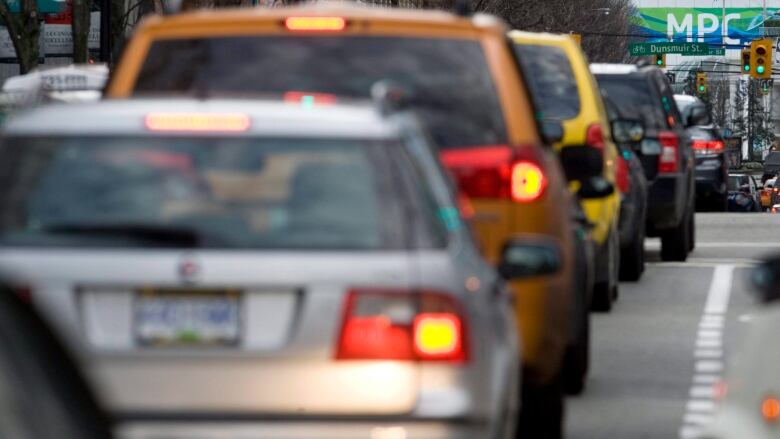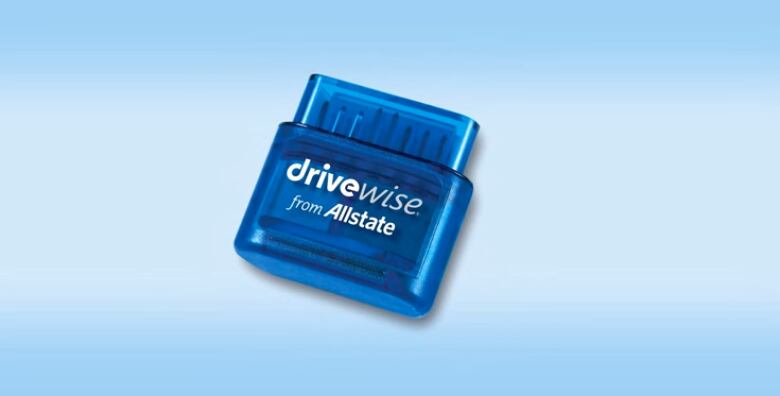Letting Big Brother track your driving could make you a better driver and save you money
UBC study finds that usage-based insurance results in better driving behaviours for women and young people

Would you let your auto insurance company track your daily driving behaviour for a discounted rate?
That could soon be a reality, according to UBC researcherswho say usage-based insurance (UBI) is expected to be used by 142 million people by 2023.
- Would you trade privacy for cheaper car insurance? Some Canadians do
- ICBC says basic rates could rise 42% by 2020 in worst-case scenario
UBI works by putting a small device in your car that will monitor driving behaviour like rapid acceleration, hard braking and turning, distance travelled, where the vehicle is drivenand so forth.
After several months of monitoring, the insurance company can make a better assessment of how you drive and offer safer drivers discounted rates.

Women and the young show most improvement
UBC marketing professorCharles Weinbergis the lead author of a study into how UBI policies change consumers' driving behaviour.
They looked at data from 30,000 driversand found thatrate discounts from using the device, not only reward safer drivers, but tendto result in better drivers overall.
"What we found is that women, as compared to men, seem to improve their behaviour more, and younger people as compared to older people, also tend to improve their behaviour more," said Weinberg.
He says the differences may be because younger people could more easily change their newly formed habits or respond better to the economic incentive, but he can't hazard a guess as to why women made greater improvements than men.

Trading privacy for a discount
One key feature of the technology is that drivers receive immediate feedback, letting them know for example when they brake too hard, so drivers can make changes right away.
"If your behaviour gets better, it gets better over usually the first six to eight weeks and then pretty much stabilizes, so we think that your new driving behaviour then becomes your ingrained or habitual driving behaviour and that's how you drive afterwards," said Weinberg.
People who volunteered to use the telematic device for 26 weeks were eligiblefor a five per cent discount on their insurance, based on their driving behaviour.
"The company presumably feels that if they've monitored you for 26 weeks, they've got a pretty good indicator of what your driving behaviour will be," said Weinberg.
Usage-based insurance is currently available in Ontario, Alberta, and Nova Scotia. AllstateInsurance in Edmonton offers a 10per centdiscount on premiums to drivers who agree to use the device for six months, and as much as 30 percent at the time of renewal, based on driving behaviour.












_(720p).jpg)


 OFFICIAL HD MUSIC VIDEO.jpg)
.jpg)



























































































